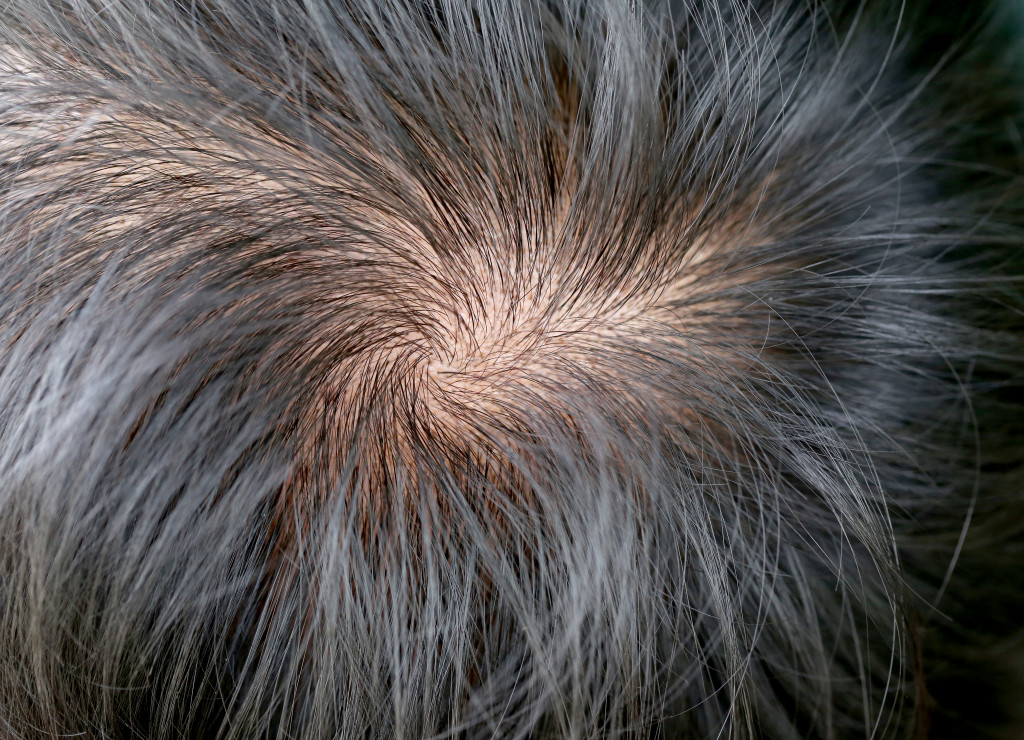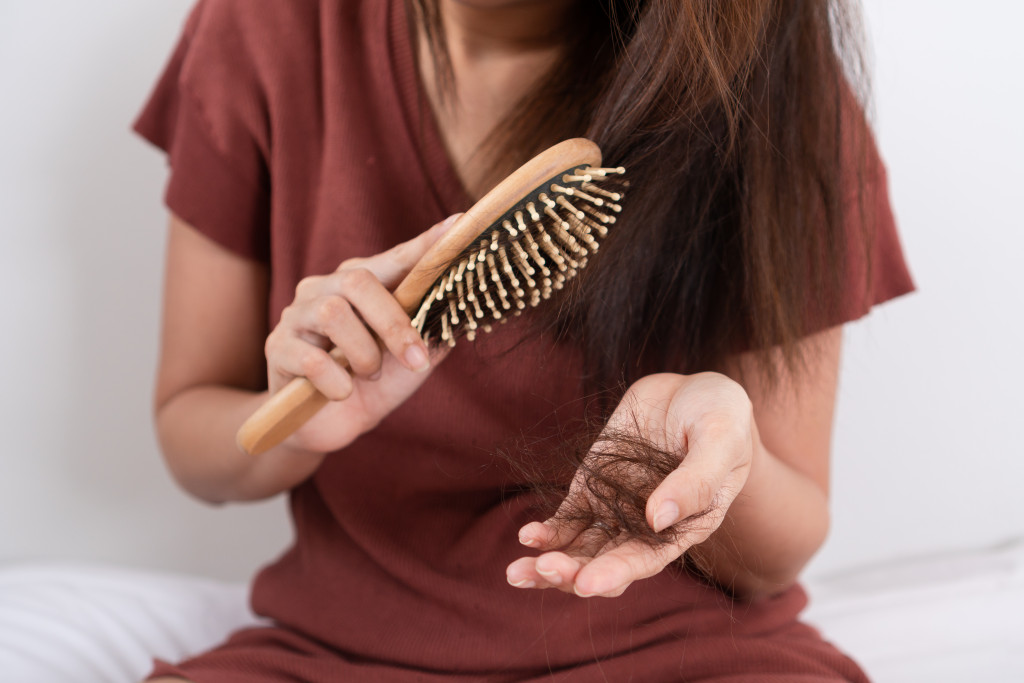Alopecia areata universalis is an autoimmune disease that causes your hair to fall out, typically in quarter-sized clumps. The quantity of hair loss varies from person to person. Some individuals lose it in a few places. Others suffer significant losses. Hair might grow back but then fall out again. In others, hair regrows permanently.
Alopecia areata has two onset peaks, one in infancy and one in maturity. But specialists have observed this condition can affect people of all ages. Let’s get to know alopecia better.
Symptoms and Diagnosis
When the immune system assaults the hair follicles, alopecia areata develops, resulting in hair loss. Alopecia areata is a disorder that affects hair to fall out in tiny, undetectable areas. However, these patches might combine and become visible over time. Sudden hair loss might occur on the scalp, eyebrows, lashes, and face, as well as other areas of the body.
Like other autoimmune diseases, alopecia areata most likely is a hereditary trait that causes hair loss. Type 1 diabetes, celiac disease, rheumatoid arthritis, vitiligo or pale white patches that develop on the skin, thyroid illness, multiple sclerosis, and inflammatory bowel disease are all associated diseases that might indicate an elevated health risk. In half of alopecia areata patients, individual bouts of hair loss last less than a year, and hair comes back without therapy. These individuals might have repeated episodes of hair loss that regenerate independently or react rapidly to treatments. Patients’ hair might also grow slowly and reoccur after years of inactivity.
No Treatment Yet
Healthcare professionals characterize alopecia areata universalis by the rapid appearance of smooth, spherical, hairless areas on the head. In severe cases, alopecia areata universalis might cause complete hair loss and stop hair from growing back. On the other hand, when the hair grows back, it might fall out again. However, the amount of loss of hair and regeneration varies per individual. The afflicted regions are typically skin-colored but are often peach in hue. Within the bald spot, there are a few dispersed short colored or white hairs.
Take note, though, there is no erythema or flaking on the skin’s surface in alopecia areata. In children, several tiny patches often appear with one to several tiny patches of hair loss on the scalp. Still, they might sometimes suffer more temporary hair loss encompassing almost the whole scalp, brows, eyelashes, and body hair.
Unfortunately, there is no treatment for alopecia areata at the moment. However, some therapies might help hair grow faster and avoid future hair loss, as well as innovative methods to conceal hair loss. The good news is, there are additional resources available to assist individuals in dealing with stress caused by hair loss.

Coping with the Condition
Losing your hair, particularly if you’re young or at a sensitive stage of your life, might harm your self-esteem. However, there are ways you can help yourself with the physical elements of hair loss and learn as much as you can about the possible treatments accessible to you.
Minoxidil-containing hair cream is a tried-and-true therapy for female-pattern baldness. After taking it, many women see benefits such as a slowing or complete cessation of baldness and thicker hair.
Do note, though, you need to get the counsel of a general practitioner or a dermatologist before taking any alopecia therapy or medication. In any case, here are other ways you can learn to cope with this condition:
- Participate in a support group. There are alopecia support groups throughout the nation where you might meet and socialize with other individuals who have alopecia.
- Accept it as is. It will be difficult, but try to accept your hair loss. Making a list of all your excellent characteristics and focusing your attention on appreciating these qualities is one method to accomplish this.
- Discuss it. Communicate your condition with your friends, family, and loved ones as soon as possible. Tell them how you feel about it and what sort of assistance you need. If your relationship suffers from hair loss, attending counseling or couples therapy might be beneficial.
- Concealment. Consider buying wigs and hair extensions from an excellent wig shop, scarves, and makeup to conceal and disguise your hair loss. Try to find an item and design that you like. You might also choose not to cover yourself at all.
Be easy on yourself throughout this healing period; don’t expect to snap out of feeling gloomy overnight. Depression is an illness, and the symptoms of any disease might take time to resolve. “There is tremendous pleasure in feeling good,” says Richard M. Long, Ed.D., an expert in alopecia areata and mental health and a long-time adviser to the National Alopecia Areata Foundation. Seek assistance if you recognize any of the signs of depression from alopecia. Feeling sad is a natural part of life, as is seeking treatment for your condition.

